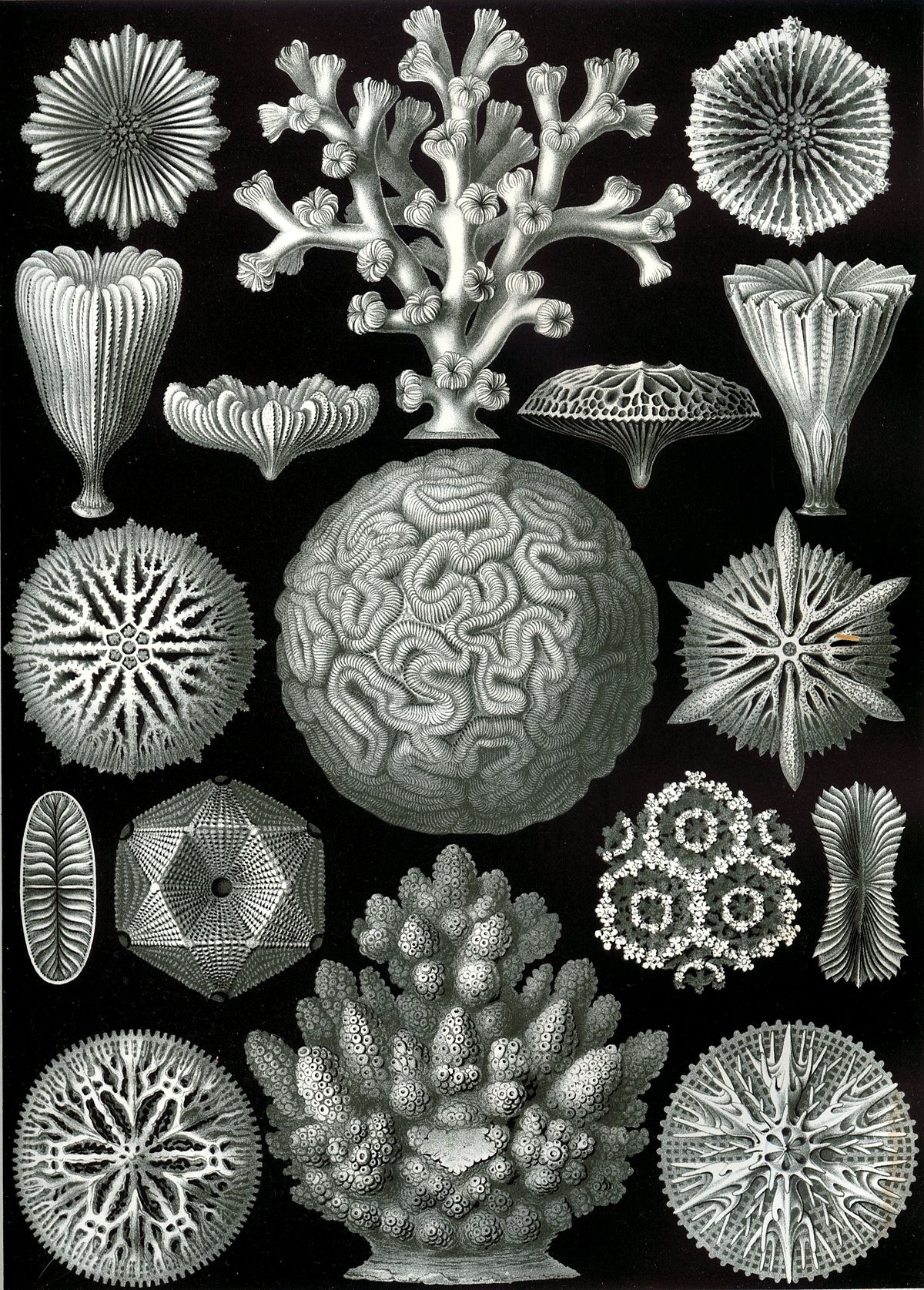- Joined
- Feb 9, 2020
- Messages
- 167
- Reaction score
- 111
All things related to laws in Hawaii regarding corals and the marine tank hobby

This material is intended for general information purposes only and does not constitute legal advice. For legal issues that arise, the reader should consult legal counsel.
This material is intended for general information purposes only and does not constitute legal advice. For legal issues that arise, the reader should consult legal counsel.

















